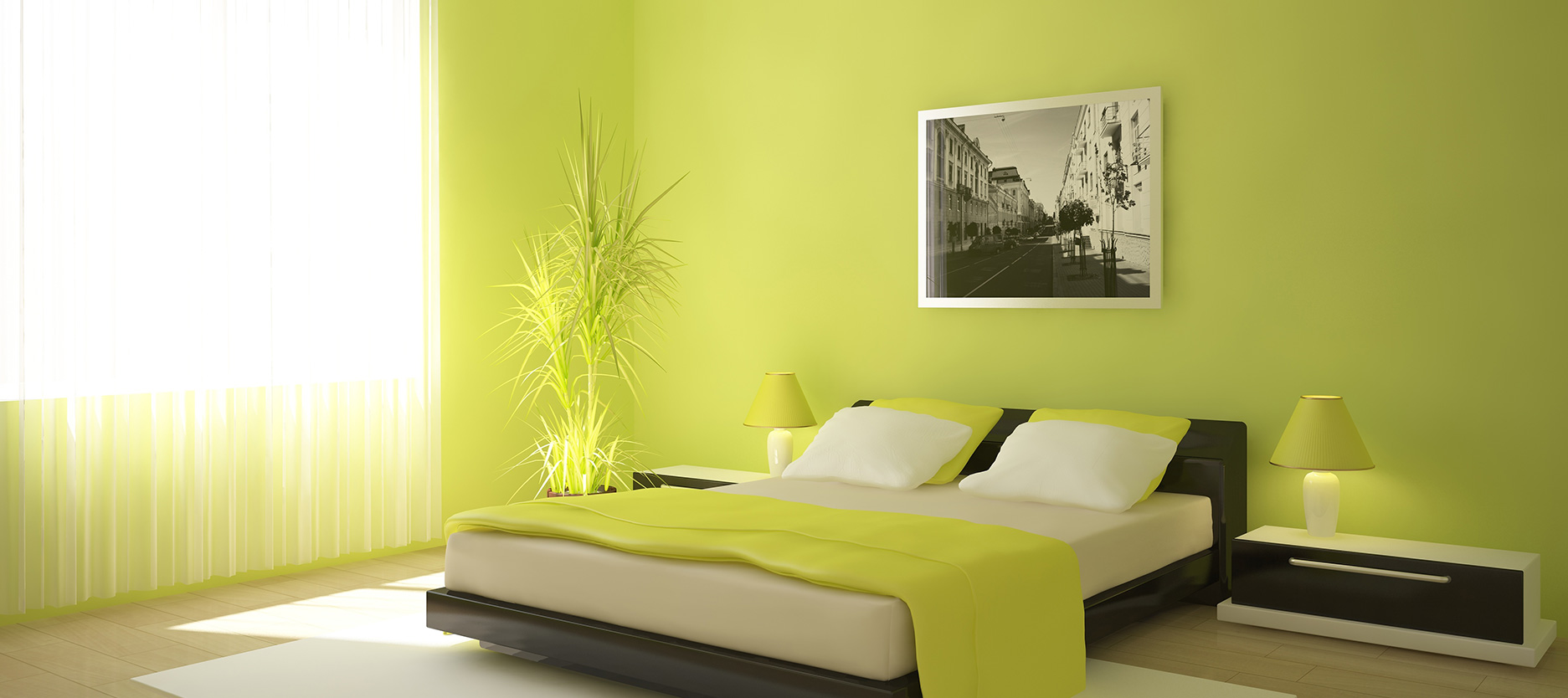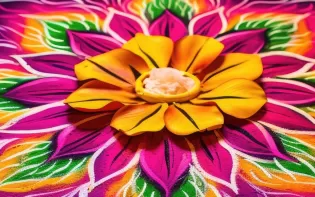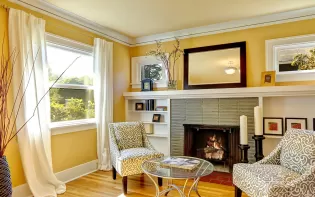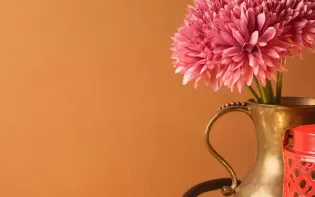
Complete Guide to Wall Putty Types and Best Uses
Published: 27 Jan 2022 | Modified: 10 Sep 2025

Create Your Dream Home With Our Painting Experts
Fill the form below to book a free site evaluation by Nerolac Nxtgen painting Services expert
TABLE OF CONTENTS
Nerolac Paints, a leading paint company in India offers a wide range of wall paint colours & painting services & solutions for homes & offices.
-

Best Colour Combination For Walls To Elevate Your Home Interiors Best Colour Combination For Walls To Elevate Your Home Interiors
Intoduction:In 2025, harmonious colour schemes for individuality and…
-

Best Green Colour Combinations for Walls – Schemes & Design Ideas Best Green Colour Combinations for Walls – Schemes & Design Ideas
Introduction:Green has long been a favourite choice in home decor…
-

What Colours Match with Blue? 14 Colour Combinations with Blue for Your Home What Colours Match with Blue? 14 Colour Combinations with Blue for Your Home
Blue is a universally popular colour for décor and design; choosing a colour…
-
Recent Blogs
- Vibrant Diwali Decoration Ideas for Living Room, Pooja Room & Balcony
- Diwali Wall Painting Ideas – Easy Art & Colour Designs
- Festive Home Paint Colours: Transforming Your Walls and Décor
- Vibrant Diwali Paint Designs - Transform Your Home This Festival Season
- Creative Diwali Decoration Ideas for Indoors and Outdoors
-
Get in Touch
Looking for something else? Drop your query and we will contact you.
Get in Touch
Looking for something else? Drop your query and we will contact you.
Popular Post
Popular Searches
-

Get in Touch Get in Touch -

Store Locator Store Locator -

Download App Download App
×
Get in Touch
Looking for something else? Drop your query and we will contact you.










